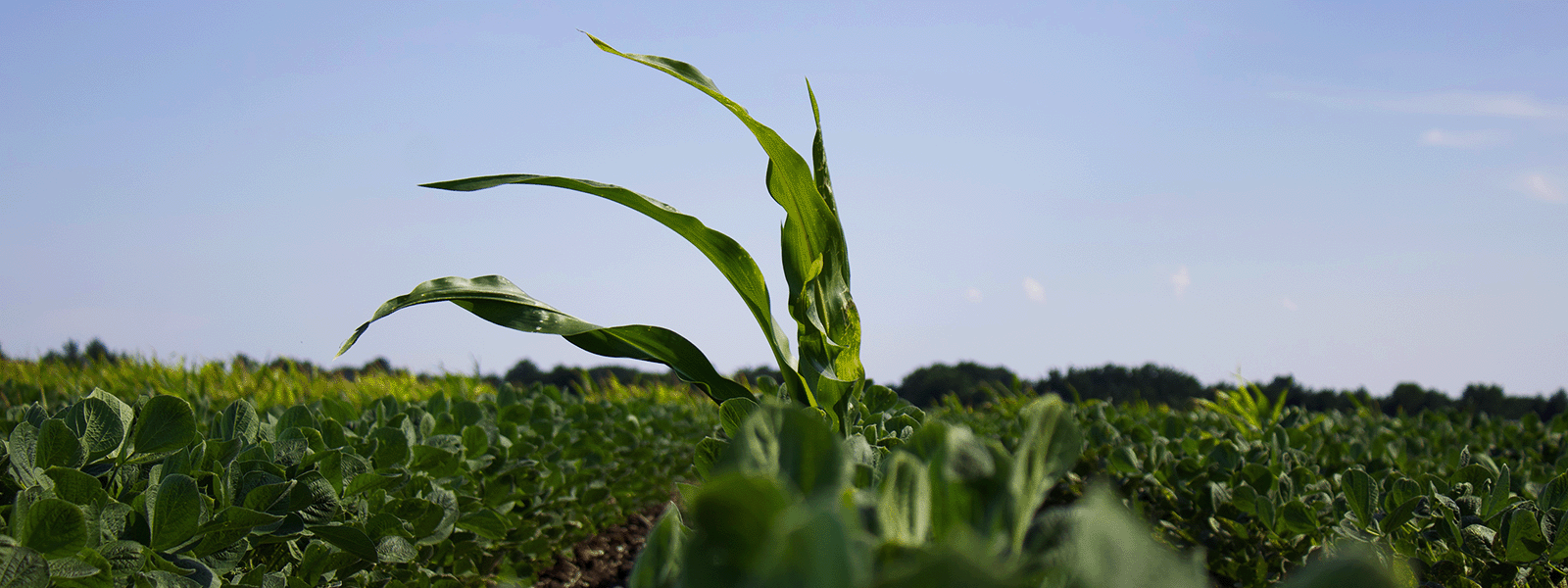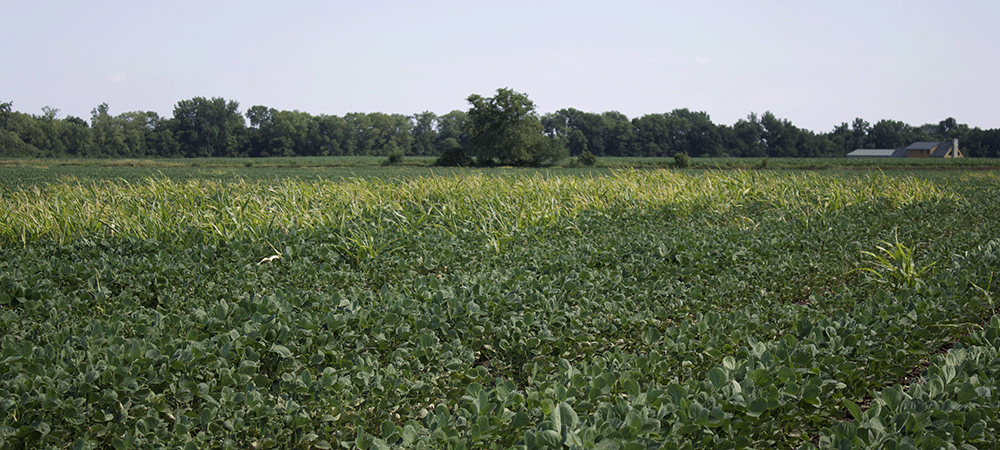Cookie Policy
This site uses cookies and other tracking technologies to assist with navigation, monitor site usage, and web traffic, assist with our marketing efforts, customize and improve our services and websites, as set out in our Privacy Notice.

